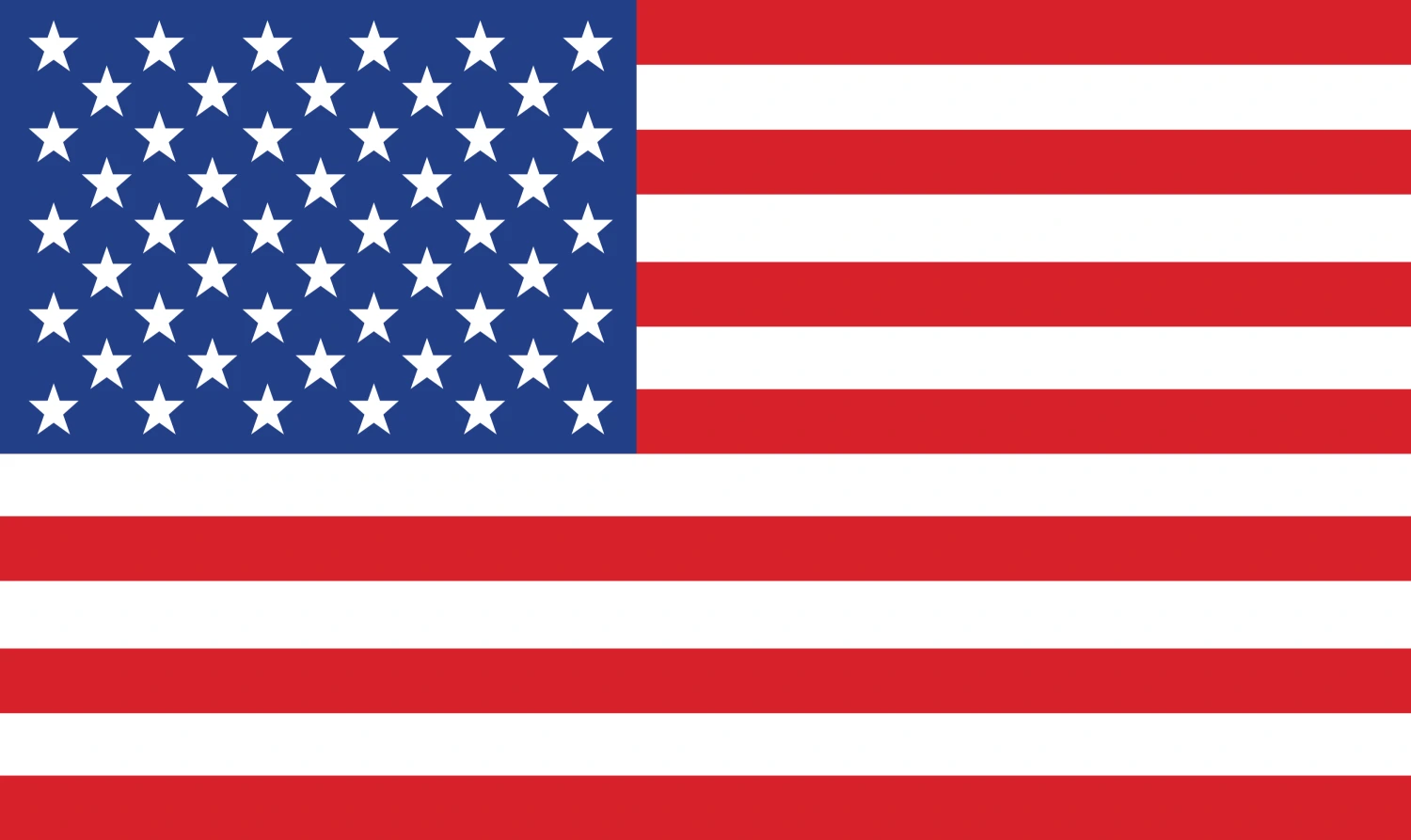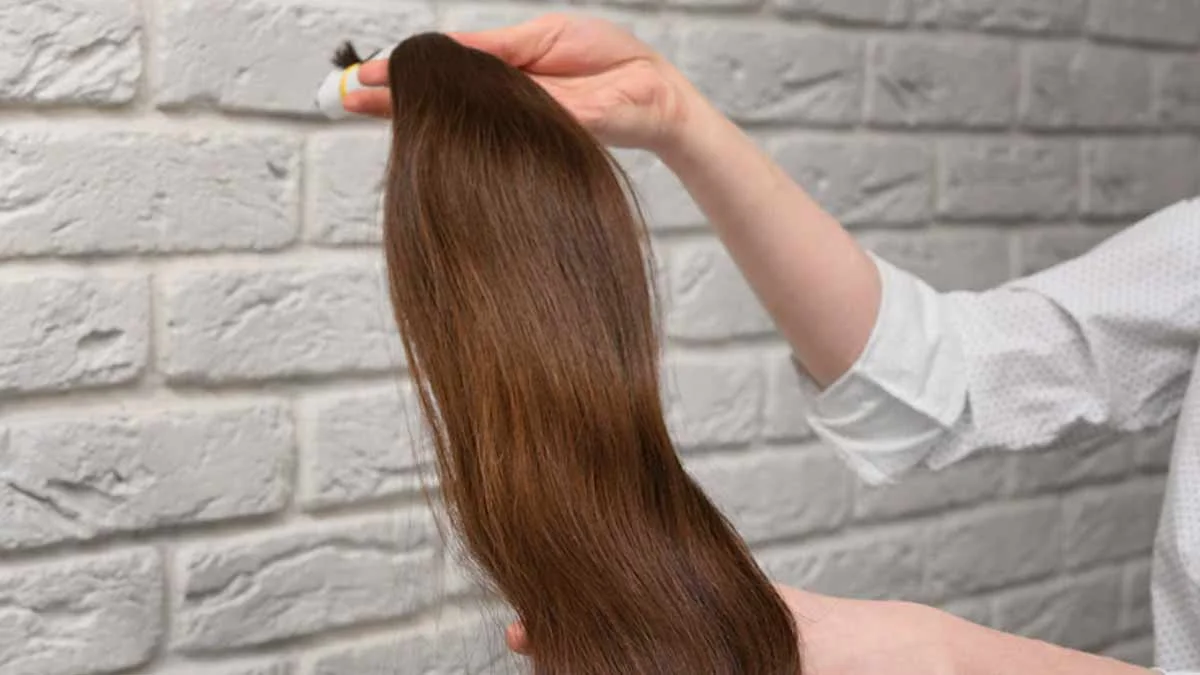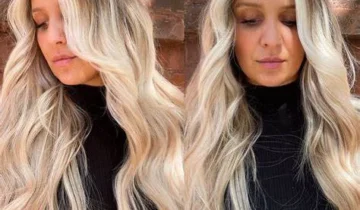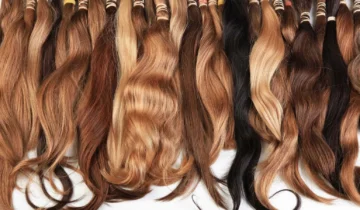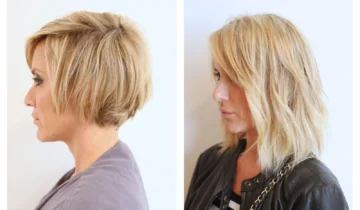Hair extensions have become a popular accessory for enhancing natural hair, whether for added length, volume, or experimenting with different styles. However, with the wide variety of options available, choosing the right hair extensions can be overwhelming. To help you make an informed decision, this article provides important tips for picking hair extensions that perfectly suit your hair type, lifestyle, and desired look.
Understanding the Different Types of Hair Extensions
Before diving into the selection process, it’s crucial to understand the different types of hair extensions available. Knowing the pros and cons of each type will help you determine which one best meets your needs.
Clip-In Hair Extensions:
Clip-in extensions are a temporary solution that allows you to add length and volume in minutes. These extensions come with small, discreet clips that attach to your natural hair. They are ideal for special occasions or for those who want to change their look frequently without long-term commitment.
Tape-In Hair Extensions:
Tape-in extensions are semi-permanent and involve sections of your hair being sandwiched between two adhesive strips of hair extensions. They lie flat against your head and are known for their natural appearance and comfort. Tape-ins typically last 6 to 8 weeks before needing reapplication.
Sew-In (Weave) Hair Extensions:
Sew-in extensions, also known as weaves, involve braiding your natural hair into cornrows and then sewing the extensions onto the braids. This method is popular among those with thicker hair and can last several weeks with proper care.
Fusion Hair Extensions:
Fusion extensions involve bonding individual strands of hair extensions to your natural hair using a keratin-based adhesive. This method offers a very natural look and can last several months. However, it requires a longer application process and is generally more expensive.
Micro-Link Hair Extensions:
Micro-link extensions, also known as micro-beads or micro-rings, are applied by looping small sections of your natural hair through a tiny bead and then clamping the extension to secure it. These extensions can last up to 3 months and are reusable, but they may not be suitable for fine hair as the beads can be visible.
Halo Hair Extensions:
Halo extensions are a newer, non-permanent option. They consist of a single weft of hair attached to a thin, invisible wire that sits on top of your head like a halo. The wire is hidden by your natural hair, making the extensions easy to apply and remove.
Important Tips For Picking Hair Extensions
Choosing the right hair extensions involves more than just picking the first set you see. Here are some important tips to consider when selecting the best hair extensions for your needs:
Consider Your Hair Type and Texture:
Your natural hair type and texture play a significant role in determining which hair extensions will work best for you. For example, if you have fine hair, you might prefer lighter extensions like clip-ins or halo extensions that won’t weigh down your hair. On the other hand, if you have thick, coarse hair, sew-ins or micro-link extensions may provide better hold and blending.
Match the Color:
One of the most important aspects of choosing hair extensions is ensuring that they match your natural hair color. Extensions that are too light or too dark can create an unnatural contrast. Many brands offer a wide range of shades, from natural tones to bold colors. If you’re unsure about the right shade, consider consulting with a professional stylist who can help you find the perfect match.
Determine the Right Length:
Hair extensions come in various lengths, allowing you to customize your look. When choosing the length, consider your natural hair length and how much longer you want your extensions to be. For a more natural appearance, opt for extensions that are only a few inches longer than your natural hair.
Decide on the Volume:
If you’re looking to add volume to your hair, consider the weight and density of the extensions. Extensions come in different weights, usually measured in grams. The thicker your natural hair, the more grams you’ll need to achieve a full, voluminous look. However, be cautious not to choose extensions that are too heavy, as they can strain your natural hair and cause damage.
Choose Between Human Hair and Synthetic Hair:
One of the key decisions you’ll need to make is whether to choose human hair or synthetic hair extensions. Human hair extensions offer the most natural look and feel, and they can be styled with heat tools just like your natural hair. They are also more durable and can last longer with proper care. Synthetic hair extensions, on the other hand, are more affordable but may not blend as seamlessly with natural hair and are limited in styling options.
Consider Your Lifestyle and Maintenance Needs:
Your lifestyle and the amount of time you’re willing to spend on maintenance should influence your choice of hair extensions. If you’re looking for a low-maintenance option, clip-in or halo extensions might be the best choice. These can be applied and removed easily, allowing you to switch up your look without much effort. If you’re willing to invest time in regular maintenance, semi-permanent options like tape-in or sew-in extensions can offer longer-lasting results.
Consult a Professional Stylist:
While it’s possible to choose and apply hair extensions on your own, consulting a professional stylist can make a significant difference in the final result. A stylist can help you select the right type of extensions, match the color perfectly, and apply them in a way that looks natural and feels comfortable. They can also offer advice on how to care for your extensions to ensure they last as long as possible.
Think About the Occasion:
Consider why you want to wear hair extensions. Are they for a special occasion like a wedding or prom, or do you want to enhance your everyday look? For special events, you might opt for more glamorous, voluminous extensions, while for daily wear, a more natural look might be preferable.
Budget Wisely:
Hair extensions can vary widely in price, depending on the type, length, and quality of the hair. Set a budget before you start shopping, and remember that while cheaper options are available, investing in high-quality extensions can result in a more natural look and longer-lasting results. Clip-ins and halo extensions are generally more affordable, while fusion and micro-link extensions tend to be more expensive due to the time-intensive application process.
Maintenance and Care:
Proper care is essential to maintain the appearance and longevity of your hair extensions. Be sure to follow the care instructions provided by the manufacturer or your stylist. Regularly brush your extensions with a soft-bristle brush, wash them with sulfate-free shampoo, and store them properly when not in use. Proper care will ensure that your extensions remain smooth, tangle-free, and ready to wear.
Common Mistakes to Avoid When Choosing Hair Extensions
While it’s important to know what to look for, it’s equally important to be aware of common mistakes that can lead to dissatisfaction with your hair extensions. Here are some pitfalls to avoid:
Choosing the Wrong Type of Extensions:
Not all extensions are suitable for every hair type or lifestyle. Choosing the wrong type can lead to discomfort, visible wefts, or even damage to your natural hair. Be sure to choose extensions that are appropriate for your hair type and how often you plan to wear them.
Neglecting Professional Advice:
Attempting to choose and apply extensions without professional advice can lead to poor results. A stylist can help you avoid common mistakes and ensure that your extensions look natural and blend seamlessly with your hair.
Ignoring Hair Health:
If your natural hair is damaged or weakened, adding extensions can exacerbate the problem. Make sure your hair is healthy enough to support extensions, and avoid adding too much weight, which can lead to further damage.
Overlooking Color Matching:
Extensions that don’t match your hair color can create an unnatural, obvious look. Always take the time to find the right shade, and consider having your extensions professionally colored if needed.
Skipping Maintenance:
Neglecting to care for your extensions properly can lead to tangling, matting, and a shortened lifespan. Be diligent about brushing, washing, and storing your extensions to keep them looking their best.
Final Thoughts on Picking the Right Hair Extensions
Choosing the right hair extensions can be a transformative experience, allowing you to achieve the hair of your dreams. Whether you’re looking to add length, volume, or just try something new, following these important tips for picking hair extensions will help you make an informed decision that meets your needs and enhances your natural beauty.
By understanding the different types of extensions, considering your hair type and lifestyle, and consulting with a professional stylist, you can find the perfect extensions that blend seamlessly with your natural hair. Remember to prioritize quality, match the color accurately, and maintain your extensions properly to enjoy long-lasting, beautiful results.
